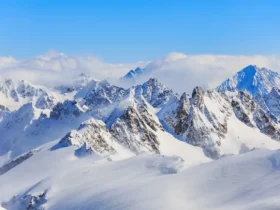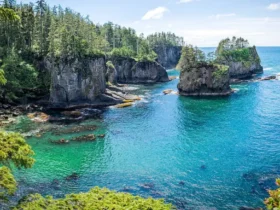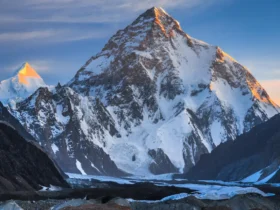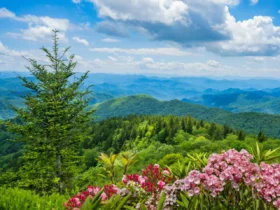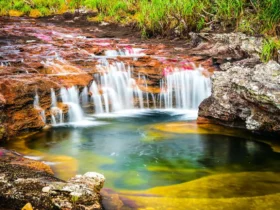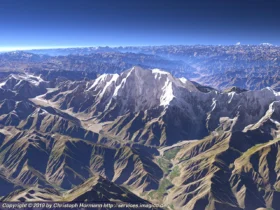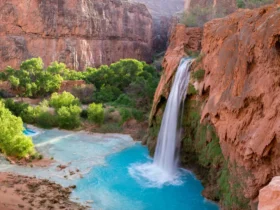Mount Everest, also known as Sagarmatha in Nepal and Chomolungma in Tibet, is the highest mountain on Earth. Mount Everest is renowned for its majestic beauty, challenging terrain, and rich mountaineering history.
Here is some information about Mount Everest
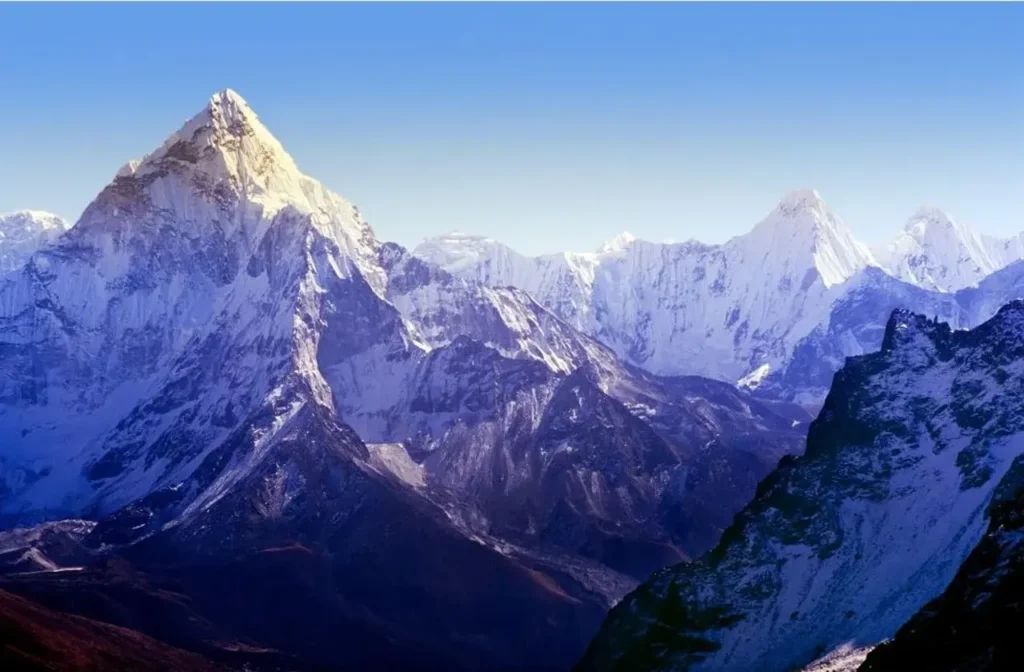
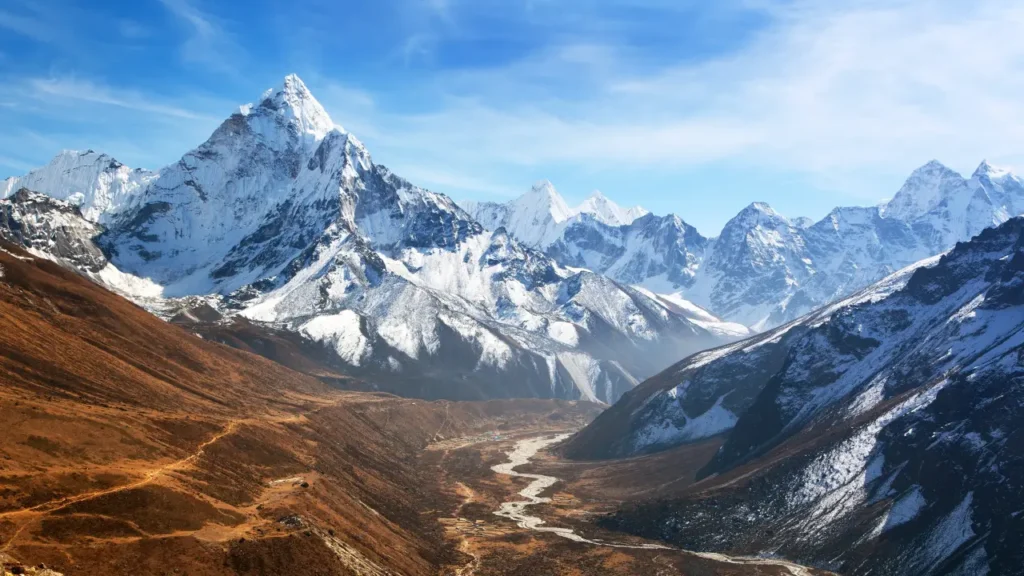
Height and Location
Mount Everest is located in the Mahalangur Himal subrange of the Himalayas, straddling the border between Nepal and Tibet (China). It stands at an elevation of 8,848.86 meters (29,031.7 feet) above sea level, making it the highest point on the planet.
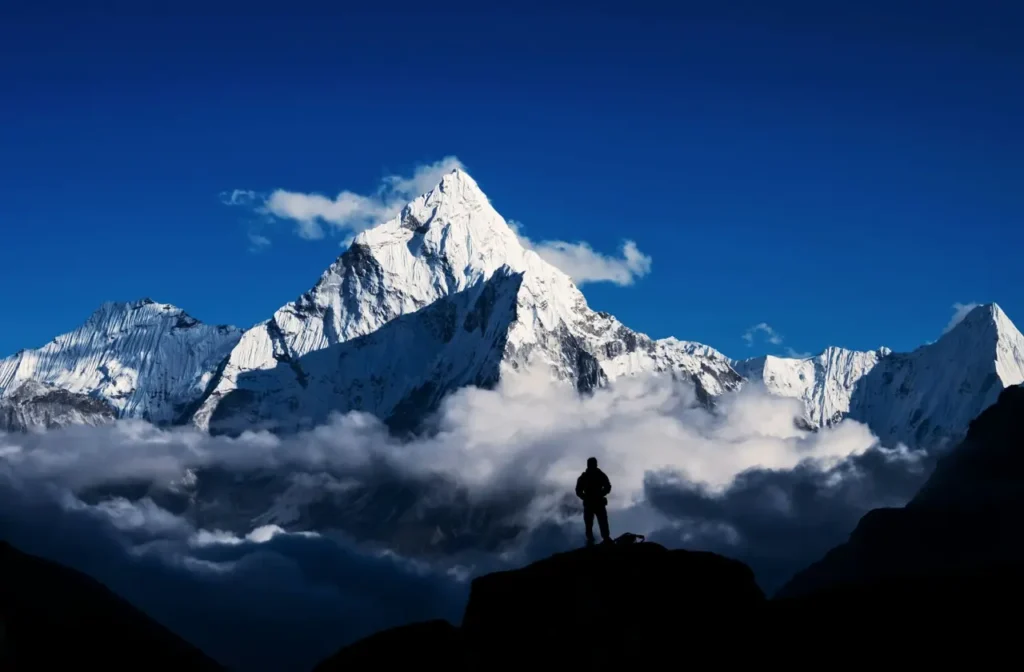
First Ascent
Mount Everest was first successfully summited on May 29, 1953, by Sir Edmund Hillary of New Zealand and Tenzing Norgay, a Sherpa climber from Nepal. Their expedition was led by Colonel John Hunt from the British Mount Everest expedition.
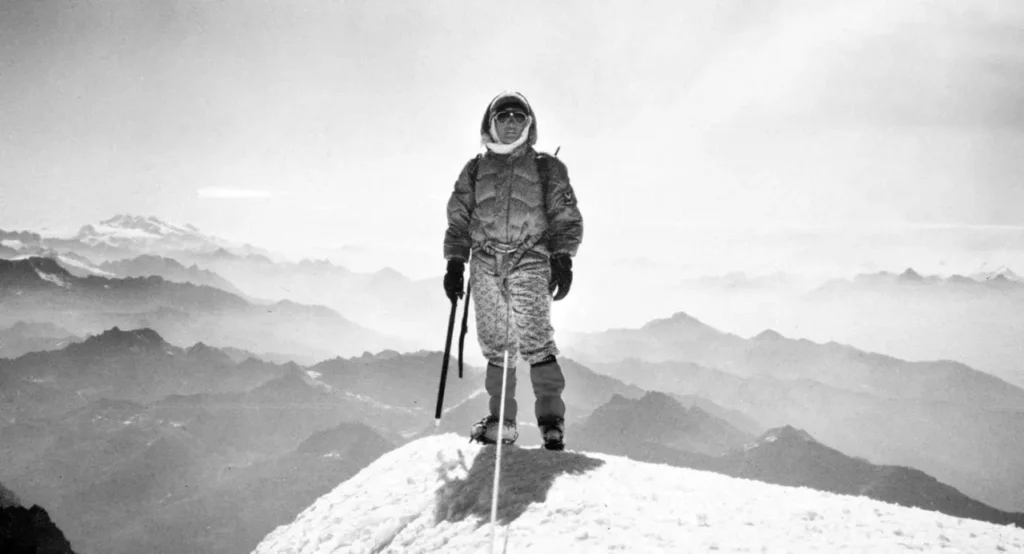
Difficulty and Climbing Routes
Climbing Mount Everest is considered one of the most challenging and dangerous mountaineering feats due to extreme weather conditions, high altitude, and technical difficulties. The two main routes for summiting Everest are the South Col route in Nepal and the Northeast Ridge route in Tibet. The South Col route via the Southeast Ridge is the most popular and commonly used route.
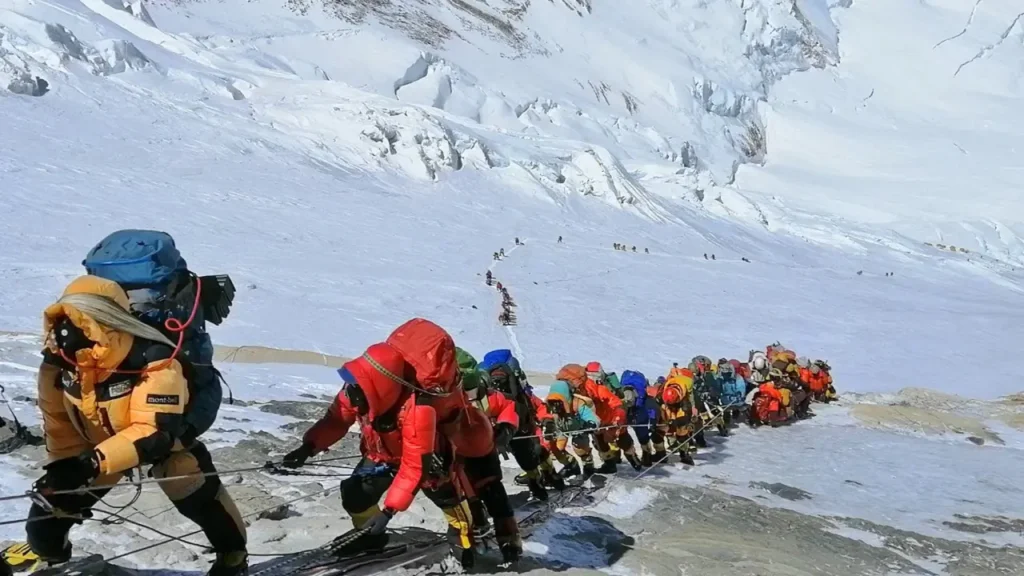
Deaths and Risks
Mount Everest is known for its inherent risks, including extreme cold, hurricane-force winds, altitude sickness, avalanches, and crevasses. Many climbers have lost their lives attempting to reach the summit. The area above 8,000 meters (known as the “death zone”) is particularly treacherous due to the thin air and harsh conditions.
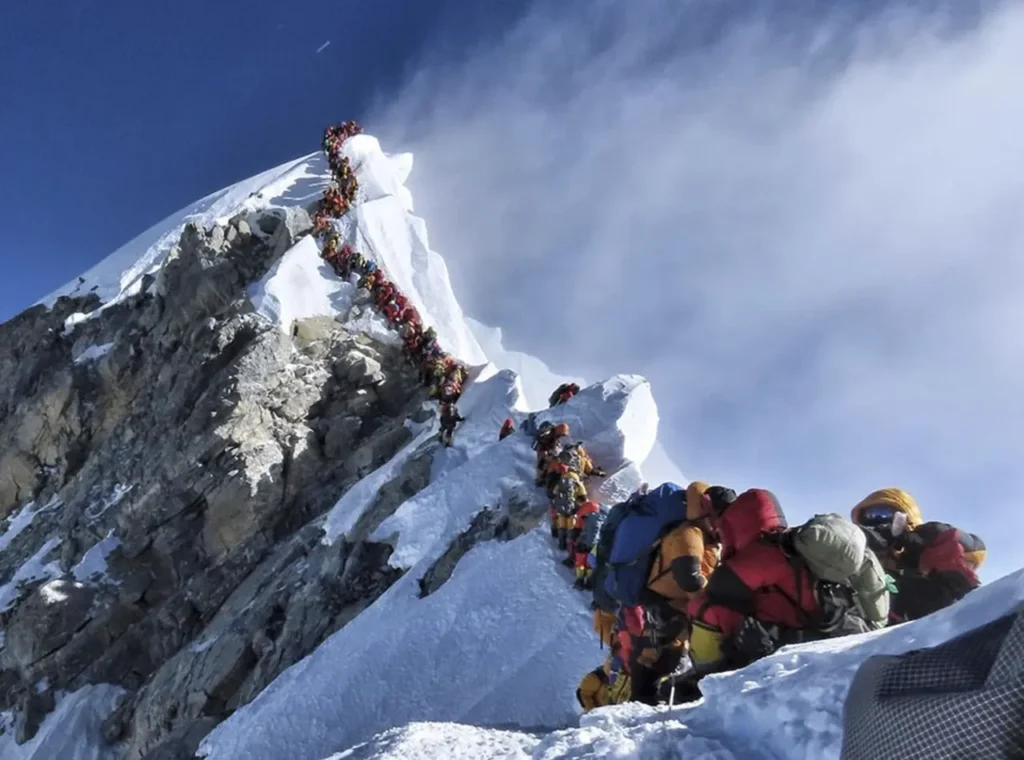
Sherpas and Local Communities
The Sherpa people, native to the Himalayan region, play a vital role in supporting climbing expeditions on Mount Everest. They serve as guides, porters, and support staff, contributing to the success and safety of climbers. The local communities in the Everest region, such as the Sherpas in Nepal, have a rich cultural heritage and have adapted to the demands of mountaineering tourism.
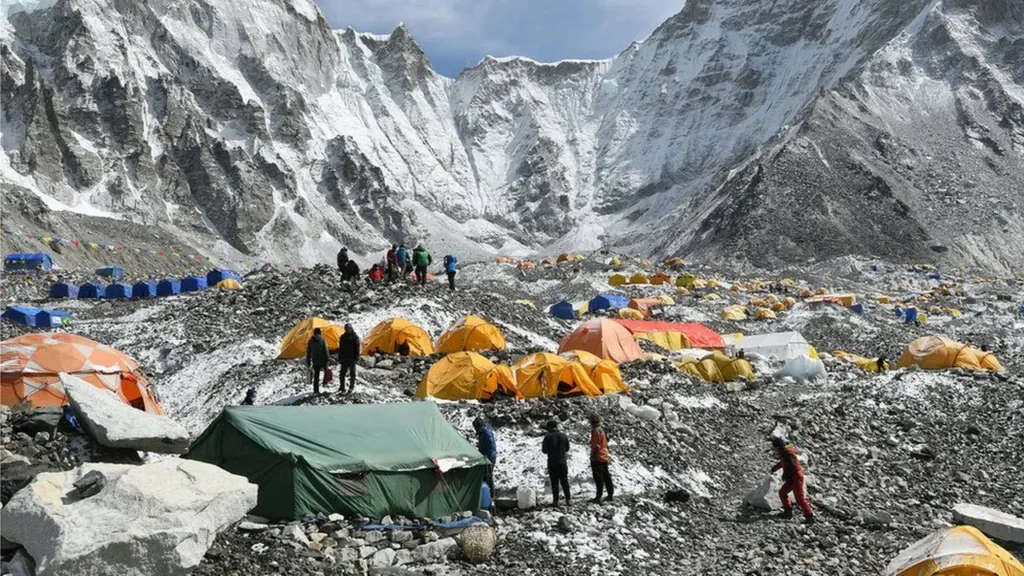
Environmental Concerns
Mount Everest faces environmental challenges, including overcrowding, waste management, and the impact of climate change. The increasing number of climbers has led to concerns about the sustainability and preservation of the mountain and its fragile ecosystems.
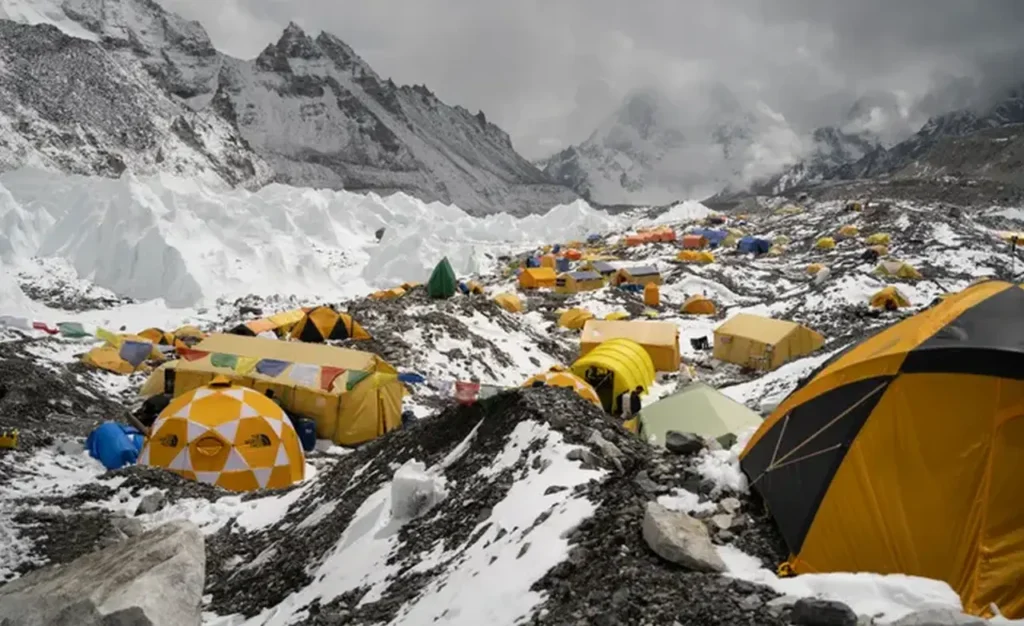
Adventure Tourism
Mount Everest attracts climbers from around the world who seek the ultimate mountaineering challenge and the personal achievement of reaching the highest point on Earth. The region surrounding Everest, including the Everest Base Camp trek, has become a popular destination for adventure tourism, offering breathtaking views and a chance to experience the Himalayan culture.
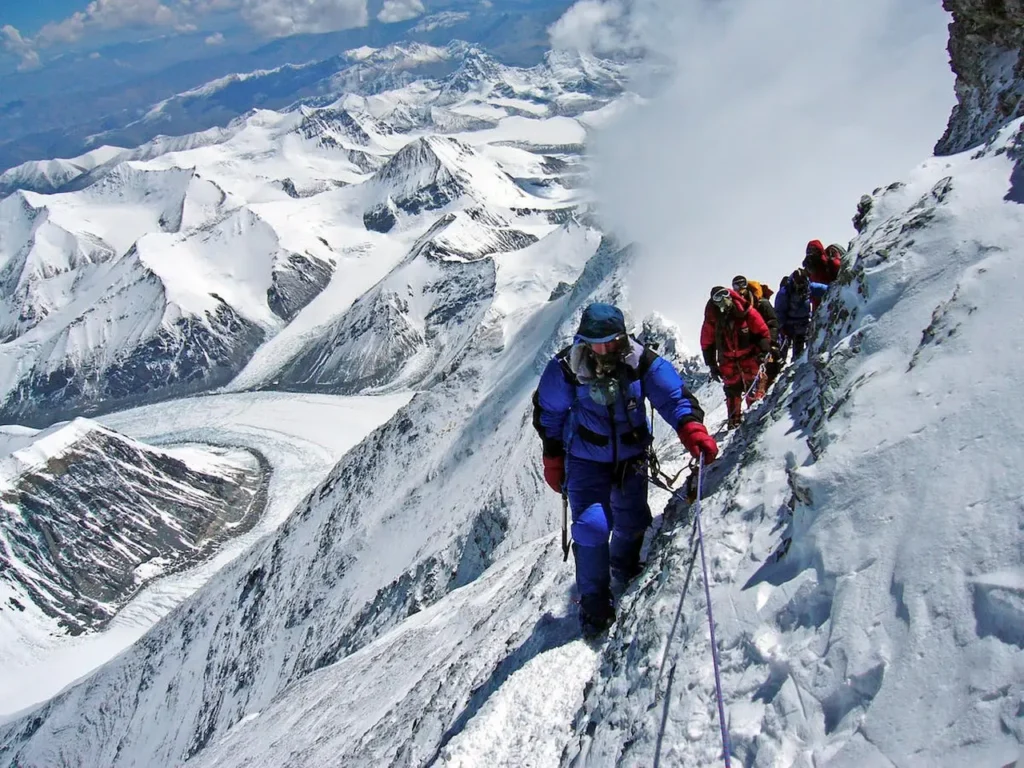
Here are some activities at Mount Everest
At Mount Everest, there are several activities that climbers and visitors can engage in. Here are some of the activities associated with Mount Everest:
Mountaineering Expeditions
The primary activity at Mount Everest is mountaineering. Experienced climbers from around the world attempt to summit the mountain using various routes, such as the South Col route in Nepal or the Northeast Ridge route in Tibet.
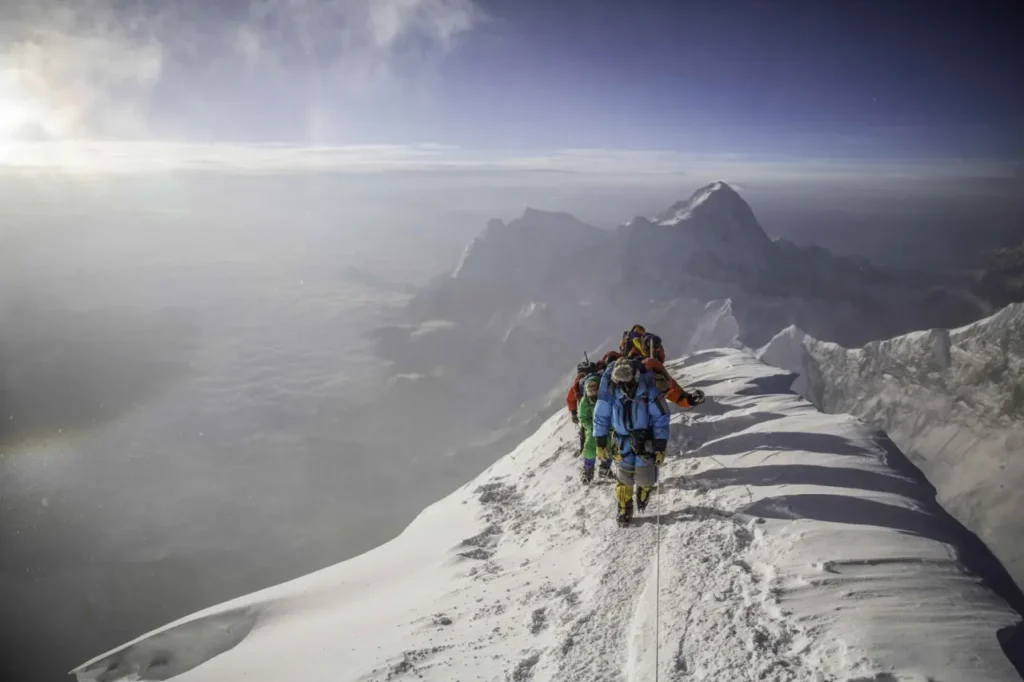
Trekking to Everest Base Camp
Many visitors choose to trek to Everest Base Camp (EBC), which is located at an altitude of approximately 5,364 meters (17,598 feet) on the Nepalese side. This trek offers stunning views, an opportunity to experience the Himalayan landscape, and a glimpse into the life of climbers preparing for their ascent.
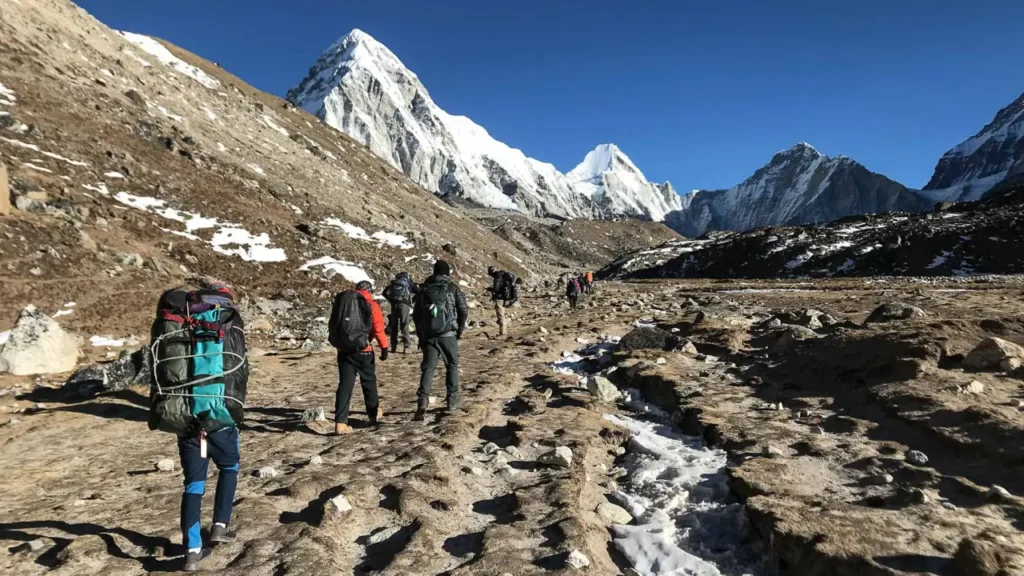
Climbing Training and Acclimatization
Climbers spend several weeks at Everest Base Camp to acclimatize to the high altitude and prepare for their summit attempt. This period involves training, acclimatization hikes to higher camps, and rest to adapt to the extreme conditions.
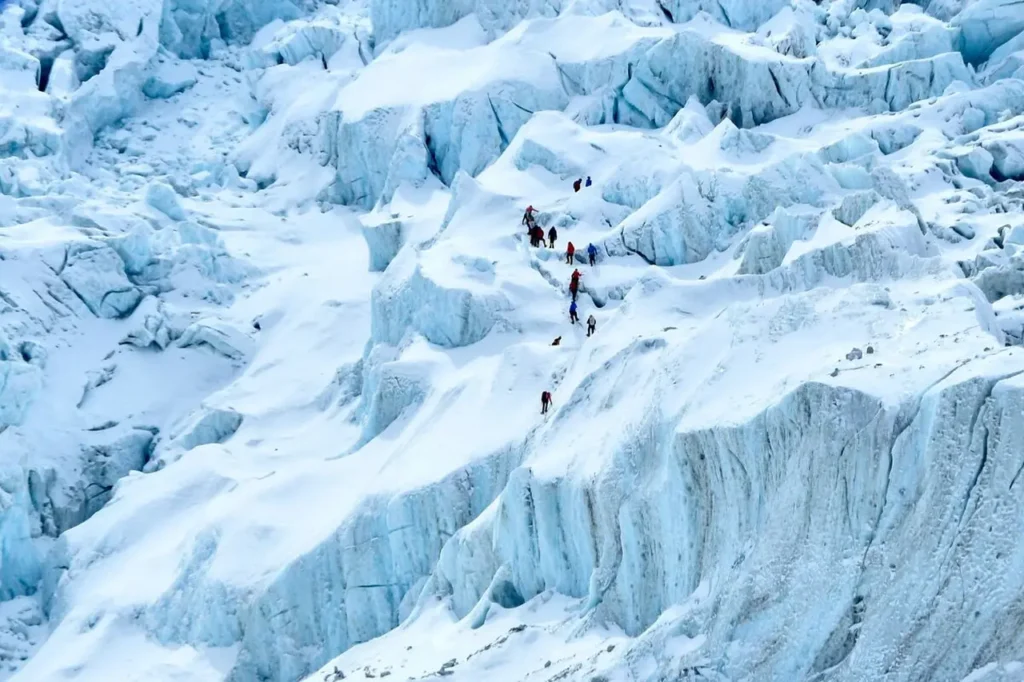
Ice Climbing and Glacier Exploration
Around Everest Base Camp and along the climbing routes, there are ice walls and glaciers that provide opportunities for ice climbing and glacier exploration. These activities require specialized skills and equipment.
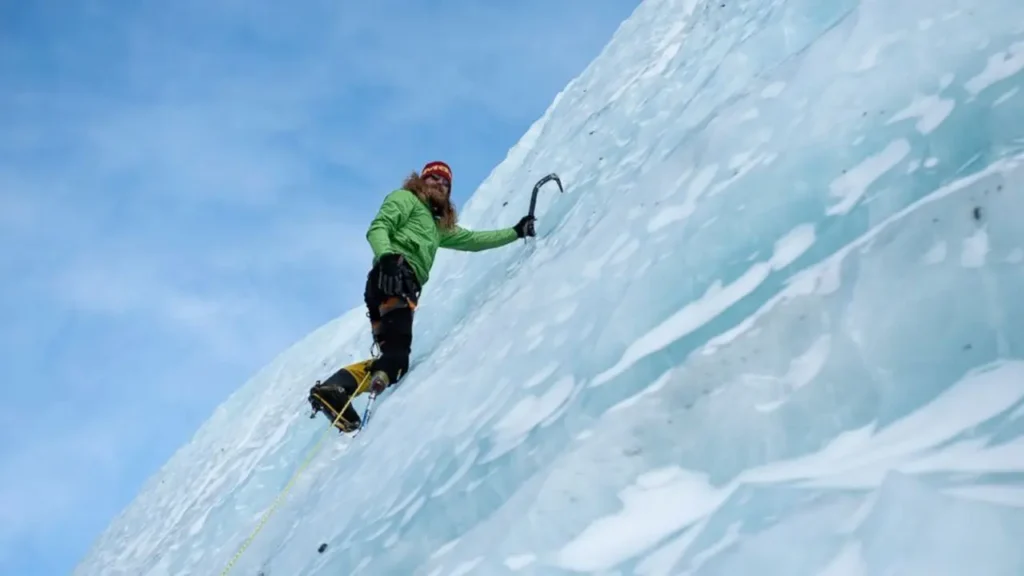
Cultural Immersion
The Everest region is home to Sherpa communities with a unique culture and way of life. Visitors can immerse themselves in the local culture, visit monasteries, interact with the Sherpa people, and learn about their traditions and customs.
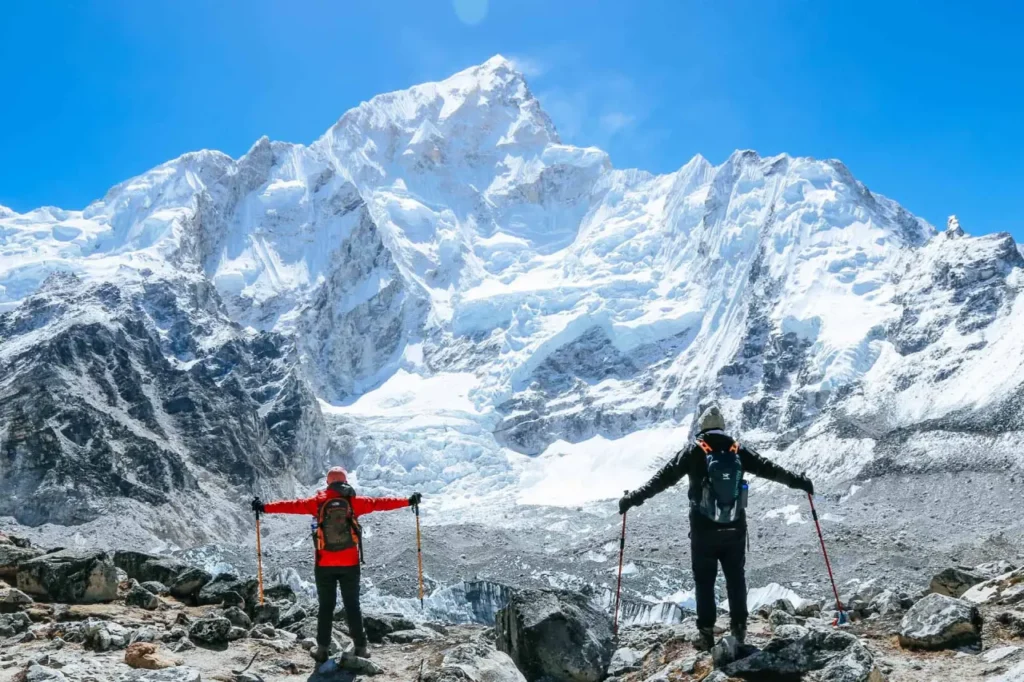
Photography and Scenic Views
Mount Everest and its surroundings offer breathtaking scenery and photographic opportunities. From Everest Base Camp and higher camps, climbers and trekkers can capture stunning views of the surrounding Himalayan peaks, glaciers, and dramatic landscapes.
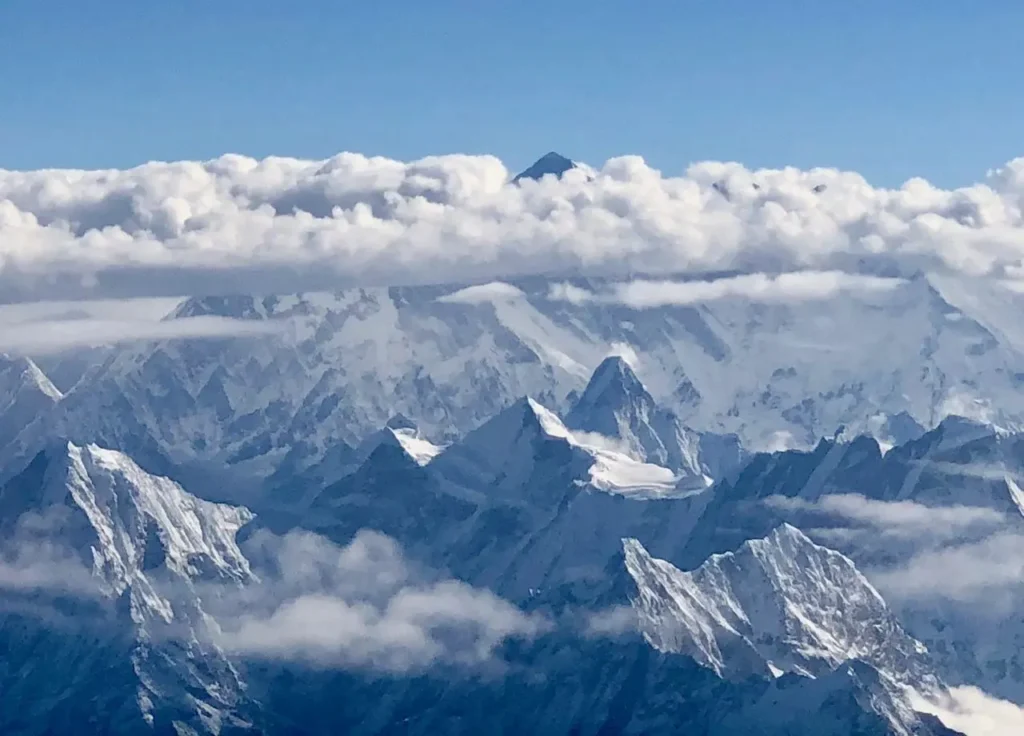
Environmental Conservation and Cleanup
Some expeditions and organizations focus on environmental conservation and cleanup initiatives on Mount Everest. These activities aim to mitigate the environmental impact of climbing and promote responsible practices to preserve the mountain’s pristine beauty.
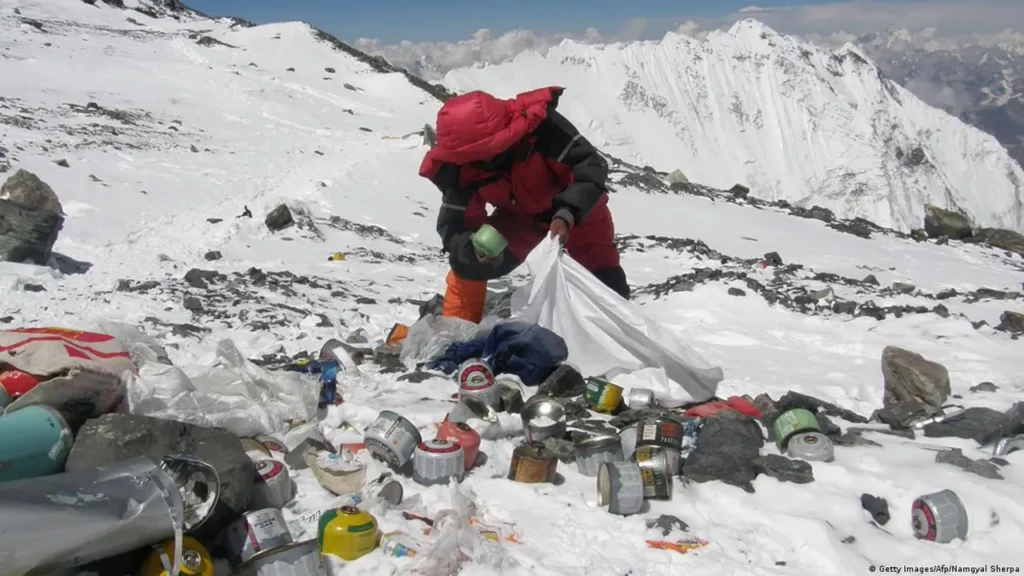
It’s important to note that climbing Mount Everest and engaging in activities in the Everest region require careful planning, physical fitness, and adherence to safety guidelines. It is recommended to consult with experienced mountaineering guides, trekking agencies, and local authorities for a safe and enjoyable experience.
Some key points to pay attention
When planning a trip to Mount Everest and the Everest region, there are several important considerations and precautions to keep in mind.
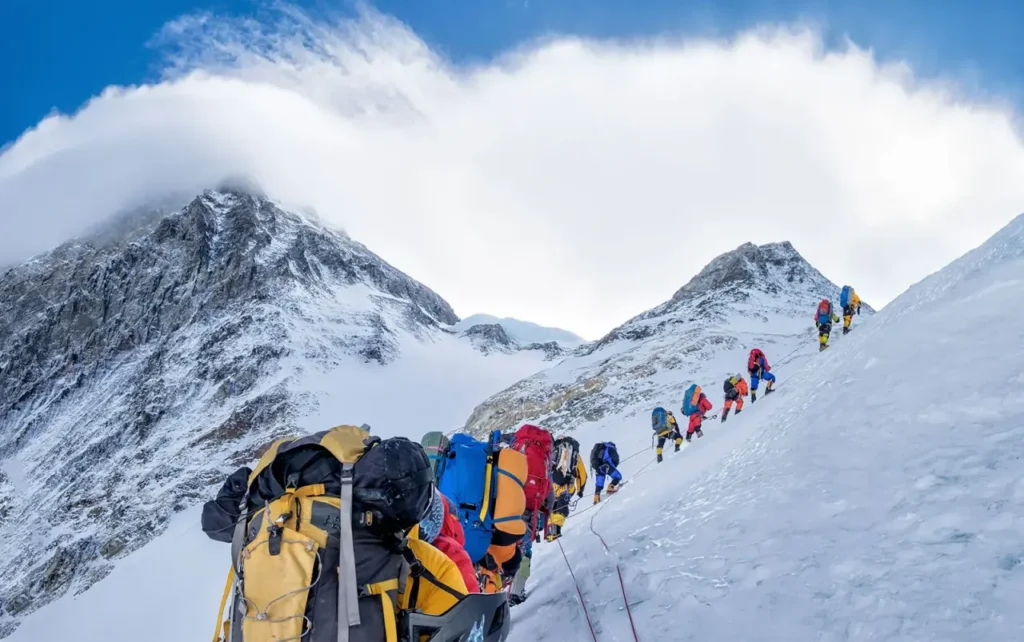
- Physical Fitness and Acclimatization:
- Mount Everest is located at extreme altitudes, and the thin air can pose risks to your health. It is essential to be physically fit and consult with a healthcare professional before embarking on any activities in the region.
- Adequate acclimatization is crucial to minimize the risk of altitude sickness. Ascend gradually and allow your body time to adjust to the increasing altitude. It is recommended to follow established trekking itineraries that incorporate rest days and proper acclimatization schedules.
- Experienced Guides and Trekking Agencies:
- Engage the services of experienced guides or trekking agencies who have knowledge of the region and can provide support, guidance, and ensure your safety during the trip. They can arrange necessary permits, accommodations, and logistics.
- Permits and Legal Requirements:
- Obtain the required permits and follow all legal requirements. This includes obtaining a trekking permit, Sagarmatha National Park entry permit (for the Nepalese side), and any other permits or permissions necessary for your specific activities.
- Weather and Seasonal Considerations:
- The weather conditions in the Everest region can be extreme and change rapidly. Plan your trip during the recommended trekking seasons, which are generally spring (April-May) and autumn (September-October). These seasons provide more stable weather conditions and better visibility.
- Proper Gear and Equipment:
- Have appropriate gear and equipment suitable for the conditions, including sturdy trekking boots, warm clothing, a good-quality sleeping bag, trekking poles, and essential mountaineering gear if attempting a climb. Pack wisely and carry necessary items like sunscreen, sunglasses, a first aid kit, and sufficient water and food supplies.
- Environmental Awareness and Responsible Tourism:
- Respect the environment and local communities by practicing responsible tourism. Follow Leave No Trace principles, dispose of waste properly, and avoid single-use plastics. Support local businesses and contribute to the local economy.
- Safety and Emergency Preparedness:
- Be aware of safety protocols and emergency procedures. Familiarize yourself with signs of altitude sickness and other mountain-related hazards. Carry a means of communication such as a satellite phone or walkie-talkie and have a plan in case of emergencies.
- Cultural Sensitivity:
- Respect the local culture and customs of the Sherpa communities and other ethnic groups in the region. Dress modestly, ask for permission before photographing individuals, and be mindful of local traditions and sensitivities.
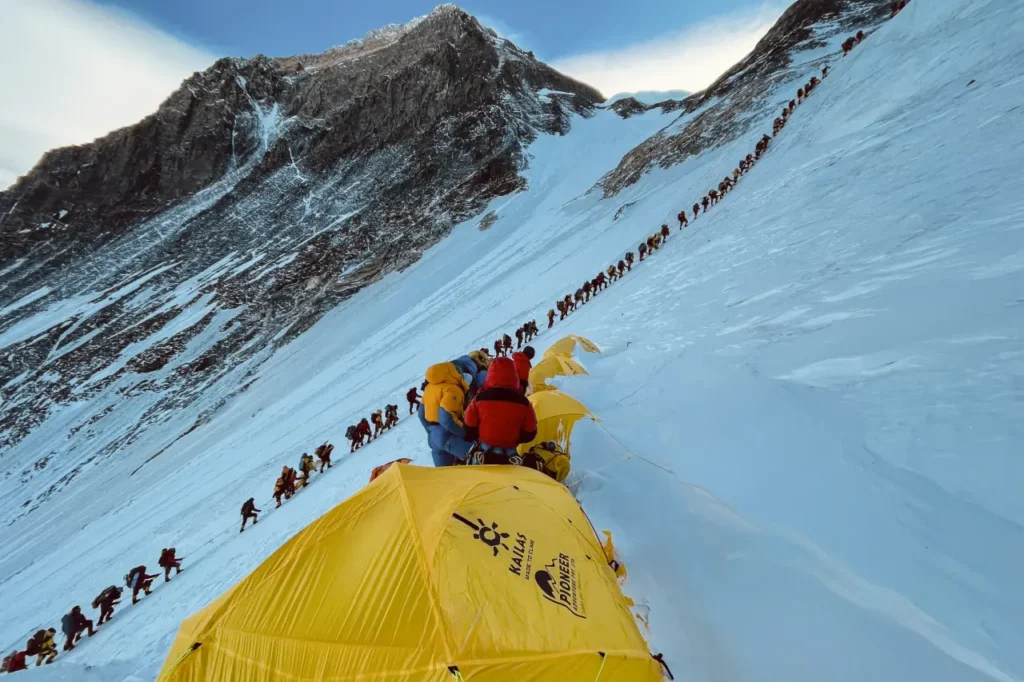
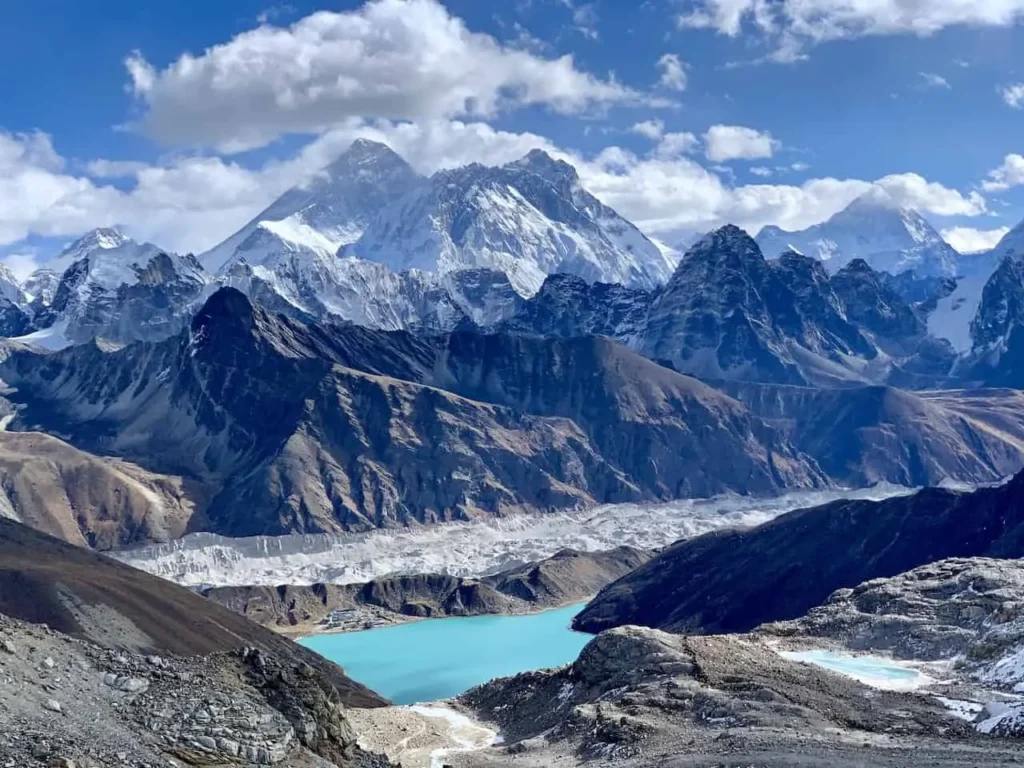
It is advisable to consult with professional mountaineering guides, trekking agencies, and local authorities for up-to-date information, safety guidelines, and specific requirements before your trip. Proper planning, preparation, and caution will contribute to a safer and more enjoyable experience in the Everest region.
Hope you have a pleasant trip through this article!
